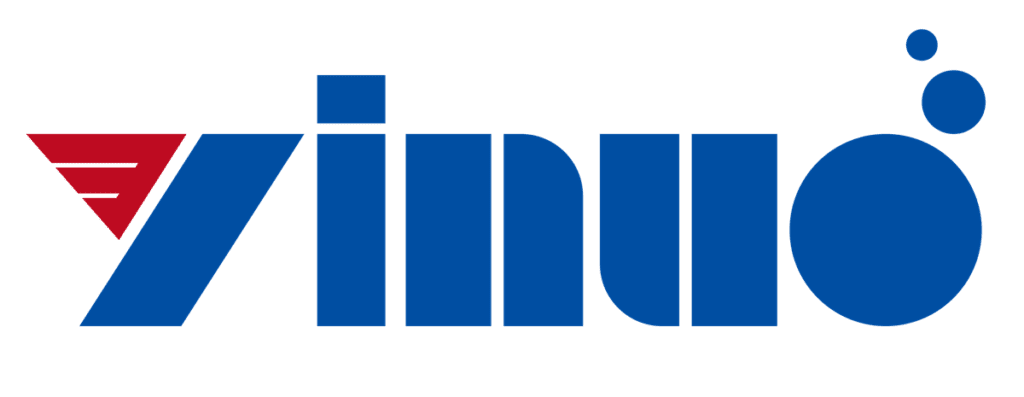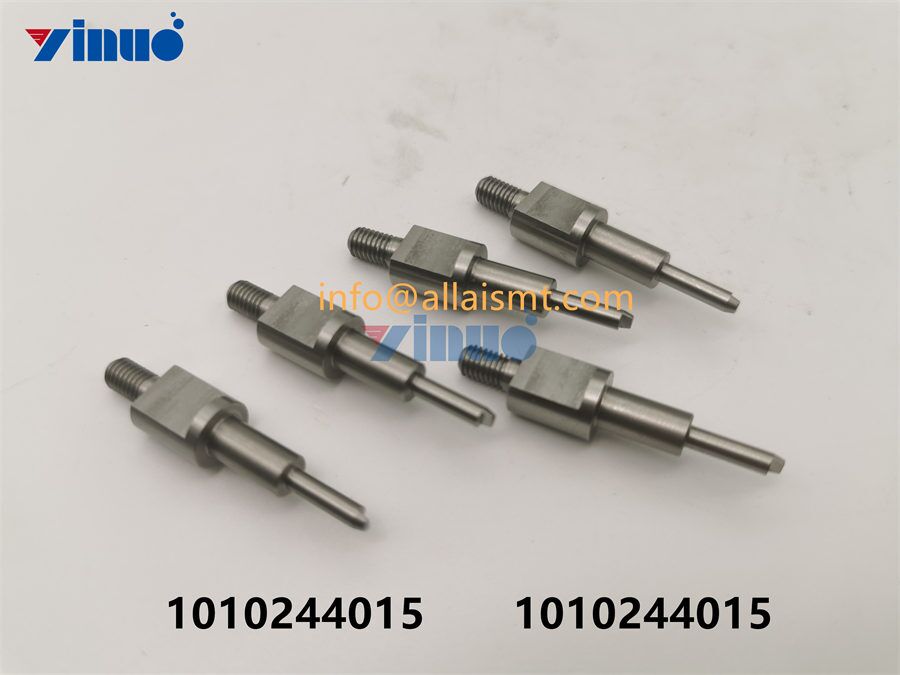When many people get to know the battery circuit board initially, they will be scared by the various layers of the circuit board. Each layer has its own name and function, with strict division of labor and complicated contents. Let’s give you a systematic introduction today!
1. Mechanical mechanical layer As the name implies, the mechanical layer is used for mechanical molding, that is, the appearance of the entire battery circuit board. Actually, when we talk about the mechanical layer, we mean the appearance structure of the whole battery circuit board. It can also be used to set the overall dimensions, data marks, alignment marks, assembly instructions and other mechanical information of the circuit board. This information varies according to the requirements of design companies or battery circuit board manufacturers. In addition, the mechanical layer can be connected to other layers to output and display together.
2. Keep out layer is used to define the area where components and wiring can be effectively placed on the circuit board. Draw a closed area on this layer as an effective area for routing. You cannot automatically lay out and route outside this area. When we lay copper with electrical characteristics, the forbidden wiring layer defines the boundary. That is to say, after we first defined the forbidden wiring layer, it is impossible for us to lay wires with electrical characteristics outside the boundary of the forbidden wiring layer in the later laying process. Usually the forbidden layer is used as a mechanical layer, which is actually wrong. Therefore, it is recommended that you make a distinction, otherwise the plate factory will change the properties for you every time it produces.
3. Signal layer: The signal layer is mainly used to lay out the wires on the circuit board. Includes Top layer, Bottom layer and 30 middle layers. Top layer and Bottom layer place devices, and the inner layer carries out wiring.
4. Top paste and Bottom paste are the top and bottom pad steel mesh layers, which are the same size as the pads. This is mainly because these two layers can be used to make steel mesh when we do SMT. Just dig a hole the size of a pad in the rigid mesh. Then we cover this steel mesh on the battery circuit board and brush it with solder paste evenly.
5. Top Solder and Bottom Solder This is the solder resist layer, which prevents the green oil from covering. We often say “opening the window”. Conventional copper plating or routing is covered with green oil by default. If we deal with it in the solder resist layer accordingly, it will prevent the green oil from covering and expose the copper.
6. Internal plane layer (internal power supply/ground layer): This type of layer is only used for multilayer boards, and is mainly used for arranging power lines and ground wires. We call it double-layer, four-layer and six-layer boards, and usually refer to the number of signal layers and internal power/ground layers.
7. Silkscreen layer: The silk screen layer is mainly used to place printed information, such as outline and marking of components, various annotation characters, etc.
8. Multi layer: The pads and penetrating vias on the circuit board should penetrate through the whole circuit board and establish electrical connections with different conductive pattern layers. Therefore, an abstract layer-multilayer is specially set in the system. Generally, the pads and vias should be arranged on multiple layers, and if this layer is closed, the pads and vias cannot be displayed.
9. Drilling layer: The drilling layer provides drilling information in the manufacturing process of the circuit board (for example, pads and vias need to be drilled).

